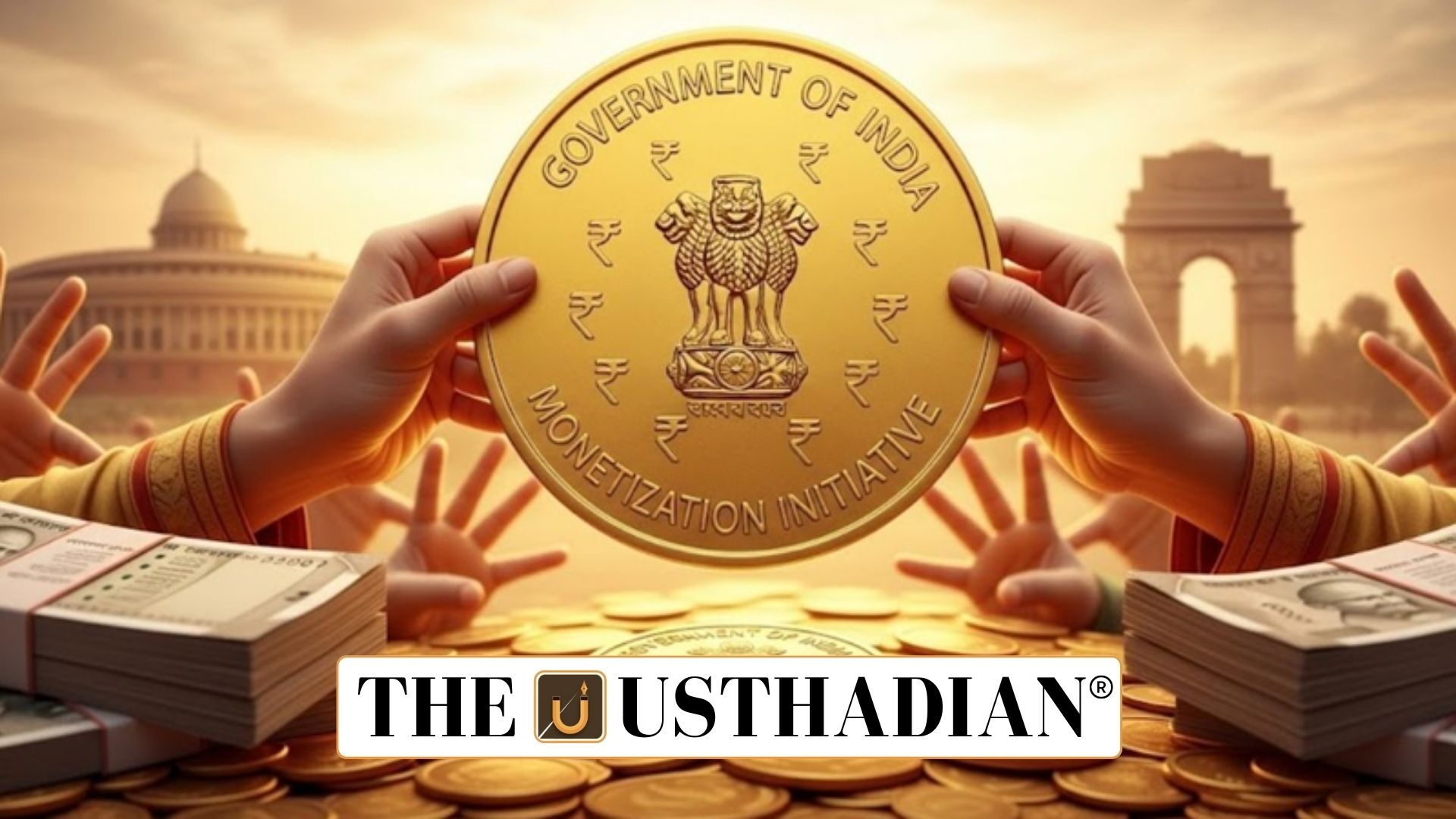Asset monetisation in India
Indian Government Asset Monetisation Boosts Infrastructure Growth: The Indian government has raised ₹1,42,758 crore through asset monetisation till FY25. This initiative aims to fund infrastructure expansion without increasing fiscal pressure. By unlocking value from existing assets, the government attracts long-term private capital while recycling funds for new projects.
Static GK fact: Asset monetisation is part of the National Monetisation Pipeline (NMP), launched in 2021 with a target of ₹6 lakh crore between 2021-25.
Toll Operate Transfer model
One major contributor is the Toll-Operate-Transfer (ToT) model. Under this, open market bids are invited and assets are leased for 15–30 years. The highest bidder above the reserve price gains rights to collect tolls. This ensures immediate liquidity from mature assets like highways.
Static GK Tip: The first ToT auction was conducted in 2018, covering 648 km of highways.
Infrastructure Investment Trusts
The second major route is the Infrastructure Investment Trust (InvIT). Operated through National Highways Infra Trust (NHIT), this model grants 15–30 year concessions. NHIT raises money by issuing SEBI-regulated units and bonds. This ensures transparent price discovery and maximises returns.
Static GK fact: InvITs are governed by SEBI regulations introduced in 2014 to attract institutional and retail investors to infrastructure.
Securitisation of toll revenues
The government also utilises securitisation, which allows raising long-term finance by monetising future toll revenues. For instance, revenue from the Delhi-Mumbai Expressway has been securitised using Special Purpose Vehicles (SPVs). This reduces immediate reliance on budgetary allocations and ensures predictable cash flows.
Static GK Tip: The Delhi-Mumbai Expressway is India’s longest expressway, covering 1,386 km, inaugurated in phases since 2023.
Cashless road accident scheme
Alongside monetisation, the government has introduced a Cashless Road Accident Scheme. This scheme provides ₹1.5 lakh coverage per victim in road accidents, ensuring faster medical support and reducing out-of-pocket expenses.
Static GK fact: Road accidents in India account for around 1.5 lakh deaths annually, making road safety measures crucial for sustainable development.
Fiscal and economic impact
By monetising assets, the government ensures infrastructure funding without adding to public debt. The FY25 projection alone stands at ₹30,000 crore. These models collectively contribute to efficient capital recycling, long-term private investment, and sustained infrastructure upgrades.
Static GK Tip: India’s infrastructure sector is projected to attract $1.4 trillion investments under the National Infrastructure Pipeline (NIP) by 2025.
Static Usthadian Current Affairs Table
Indian Government Asset Monetisation Boosts Infrastructure Growth:
| Topic | Detail |
| Amount raised till FY25 | ₹1,42,758 crore |
| FY25 projection | ₹30,000 crore |
| Main monetisation models | ToT, InvIT, Securitisation |
| ToT concession period | 15–30 years |
| First ToT auction | 2018 (648 km highways) |
| InvIT operator | National Highways Infra Trust (NHIT) |
| InvIT regulation | SEBI, 2014 |
| Expressway used for securitisation | Delhi-Mumbai Expressway |
| Accident scheme coverage | ₹1.5 lakh per victim |
| NMP target (2021-25) | ₹6 lakh crore |








